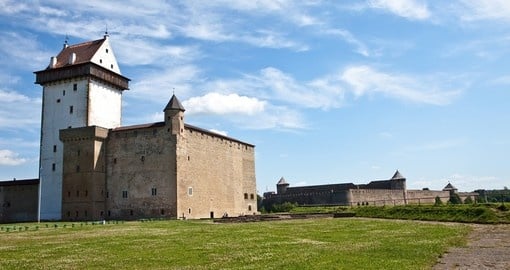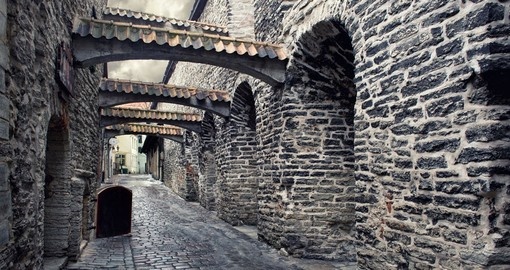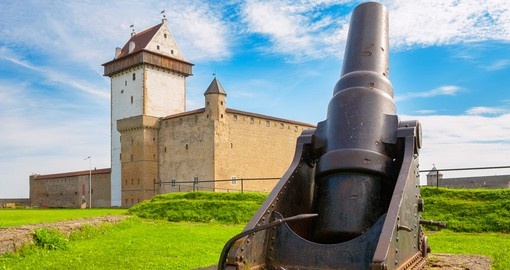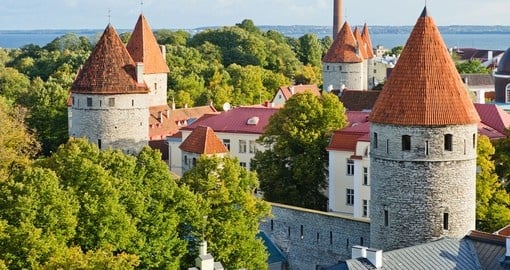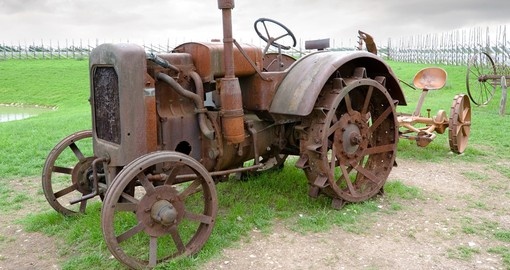Estonia History
Estonia’s oldest known settlements date back as far as 10,000 years ago with tribes from the east making the country their home around 3,500 BC. Beginning in the 9th century, the Vikings came through the Baltic Sea, however, Estonia had its own Vikings known as the Oeselians. They inhabited Saaremaa, an island in the Baltic Sea and were known for their pirate ships and raids. In terms of archaeological finds, the island of Saaremaa has the richest finds of Viking treasure after Gotland in Sweden.
The 13th century witnessed a new threat from Christian invaders who came from the west. Arriving in 1208, Danish and German knights invaded the country, but it would be a further thirty years before the entire area was conquered. The middle of the century saw the territory divided between the invaders with the Danish taking the north and the Germans in the south. Bishops became central figures of authority and cathedrals were constructed throughout Estonia. Local populations resisted the transformation to Christianity and continued to practice pagan beliefs, yet by the 15th century, both pagan and Christian practices had been linked together.
While the 13th century saw the west as a threat, in the 16th century, threats came from the east instead. Under Ivan the Terrible, Russia was determined to expand its territory westwards and this included Estonia. Ivan attacked the country in 1558 resulting in a ruthless and destructive fight. Poland, Denmark and Sweden joined the conflict which continued into the 17th century. The Swedes were the eventual victors and they gained control over Estonia.
Under Swedish rule, Estonia was united for the first time and things were relatively peaceful. Trade grew as did cities and the country was able to recover from the war that had nearly ruined it. Unfortunately, this prosperity and peace were short-lived as the outbreak of the plague and the Great Famine from 1695-1697 killed nearly 20% of the population. The Great Northern War at the beginning of the 18th century saw Sweden come under attack from Poland, Denmark and Russia. This alliance sought to regain territory and overpowered Sweden by fighting on all sides. As a result, Swedish rule folded and Russia took control of Estonia.
By the second half of the 19th century, the status of peasants in Estonia began to change as they started to buy their own farmsteads rather than simply work on them. This led to better incomes and a sense of nationalism began to emerge. With the 20th century came rapid industrialization and Estonia was not immune to poor working conditions. When the workers went on strike, Tsar Nicholas II responded by sending in troops.
The First World War meant that Russia did not have the resources to concentrate on Estonia, but the country was not immune from the conflict. Thousands of soldiers were drafted, many of whom were killed. When the tsar was forced to abdicate in 1917, Estonia took advantage of the chaos in Russia and declared itself independent in February 1918. The Tartu Peace Treaty of 1920 further limited Russia’s rights over Estonia.
The Second World War was disastrous for Estonia with many deportations and deaths. Following the war, Estonia was annexed by the Soviet Union and the country embarked on a period of great repression. Things did not begin to change in Estonia until the mid-1980s when Mikhail Gorbachev helped to improve the Baltic states. Independence was regained in 1991 and Estonia joined the European Union in 2004. Today, the country is known for its unspoiled beauty and for being one of Europe’s most friendly nations.
Estonia Travel Information
At Goway we believe that a well-informed traveller is a safer traveller. With this in mind, we have compiled an easy-to-navigate travel information section dedicated to Estonia.
Learn about the history and culture of Estonia, the must-try food and drink, and what to pack in your suitcase. Read about Estonia's nature and wildlife, weather and geography, along with 'Country Quickfacts' compiled by our travel experts. Our globetrotting tips, as well as our visa and health information, will help ensure you're properly prepared for a safe and enjoyable trip. The only way you could possibly learn more is by embarking on your journey and discovering Estonia for yourself. Start exploring… book one of our Estonia tours today!
Get a Trip Quote Order a Brochure






